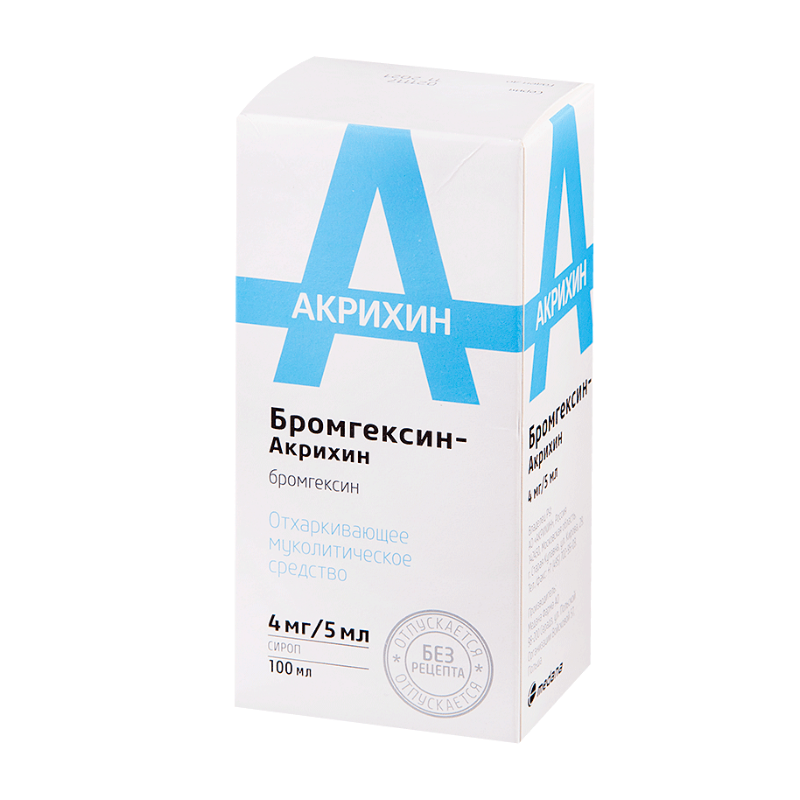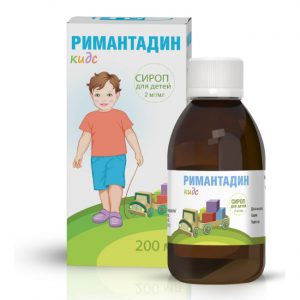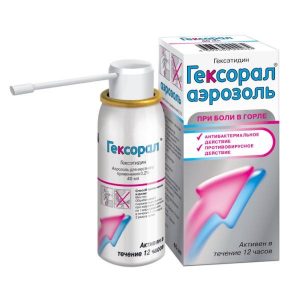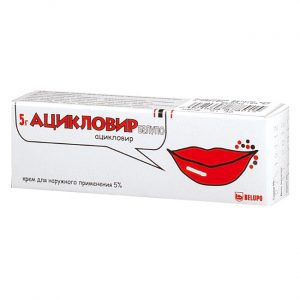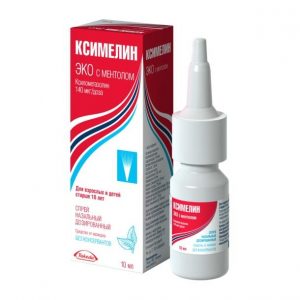Description
Packing
Bottle 100 ml.
Pharmacological action
Bromhexine has a mucolytic (secretolytic) and expectorant effect. The mucolytic effect is associated with the depolymerization and liquefaction of mucoprotein and mucopolysaccharide fibers. Bromhexine has a weak antitussive effect. It stimulates the production of endogenous surfactant, which ensures the stability of alveolar cells during respiration. The clinical effect is manifested after 2-5 days from the start of treatment with the drug.
Pharmacokinetics
When taken orally, bromhexine is almost completely absorbed (99%) within 30 minutes. Bioavailability is 20-25% (effect of the first passage through the liver). In plasma, bromhexine firmly binds to 95% proteins, penetrates the blood-brain and placental barriers. In the liver, bromhexine undergoes demethylation and oxidation. The half-life is 15 hours due to slow back diffusion from the tissues. It is excreted by the kidneys. In chronic renal failure, the excretion of bromhexine metabolites is impaired. With repeated use, bromhexine can accumulate.
Indications
Chronic inflammatory lung diseases (bronchial asthma, cystic fibrosis, tuberculosis, tracheobronchitis, spastic bronchitis, bronchiectasis, pulmonary emphysema, pneumoconiosis), chest injury, pre- and postoperative period.
Contraindications
Pregnancy (I trimester), children (up to 3 years).
Use during pregnancy and lactation
During pregnancy and lactation, bromhexine is used in cases where the intended benefits to the mother outweigh the potential risk to the fetus or baby.
Composition
5 ml syrup contains:
Active ingredient:
bromhexine hydrochloride – 4 mg.
Dosage and administration of
Bromhexine is taken orally regardless of food intake.
Adults are prescribed 8-16 mg (10-20 ml) 3-4 times a day.
For children:
from 2 years – 2 mg (2.5 ml) 2-3 times a day
from 3 to 6 years – 2-4 mg (2.5-5 ml) 3 times a day
from 6 up to 14 years – 4-8 mg (5-10 ml) 3 times a day.
The course of treatment is from 4 to 28 days.
During treatment, it is recommended to consume a sufficient amount of fluid, which supports the secretolytic effect of bromhexine.
In children, treatment should be combined with postural drainage or vibration massage of the chest, facilitating the evacuation of secretions from the bronchi.
Side effects of the
From the digestive system: dyspeptic symptoms, transient increase in the activity of hepatic transaminases in the blood serum.
From the side of the central nervous system: headache, dizziness.
Dermatological reactions: increased sweating, skin rash.
From the respiratory system: cough, bronchospasm.
Drug Interactions
Bromhexine can be given at the same time as other medicines, used in the treatment of bronchopulmonary diseases.
Bromhexine is not prescribed at the same time as anti-cough agents (including codeine), because they can make it difficult to clear the sputum of Bromhexine.
Bromhexine promotes the penetration of antibiotics (amoxicillin, erythromycin, cephalexin, oxytetracycline), sulfanilamide drugs into the bronchial secretion in the first 4-5 days of antimicrobial therapy.
Bromhexine is not compatible with alkaline solutions.
Overdose
Symptoms: nausea, vomiting, diarrhea, dyspeptic disorders.
Treatment: artificial vomiting, gastric lavage (in the first 1-2 h after admission).
Storage conditions
Store at room temperature up to 25 ° C. Keep out of the reach of children.
Expiration
3 years.
Deystvuyuschee substances
Bromhexine
Dosage form
dosage form orally
Akrikhin HFK AO, Russia
